Renowned and Not a Gimmick
Thank you to the fellow player for sharing the test review.
Specifications: 3UG5, double grip, total weight and balance point unknown, medium shaft stiffness, JETSPEED frame design, 8-4 o’clock string groove, strings at 28 lbs XB63.

The vibrant, youthful color scheme of cyan-green and black is quite recognizable. While I have experienced the new blue-and-white color on the JETSPEED 12 TD previously, I prefer the current version. The paint quality is well-regarded, consistent with Victory’s reputation. Notably, the tester’s racket experienced some deformation in the non-groove areas, aligning with some criticisms of certain Taiwanese-made rackets on forums. Although the tester took measures to prevent further issues and preserved the feel of the JS12, users should be cautious to avoid high tension, use spacers, or replace the protective tubing to prevent similar problems.
Although it’s a 3U racket, its head-heavy balance and the efficient wind-breaking of the JETSPEED series make it very smooth and fast in motion. The racket lives up to its name. You can feel the deformation in the shaft during swings, providing a solid yet not overly stiff feel. Despite being a flagship speed racket in the JETSPEED series, the JS12 is not as demanding as the JS10.
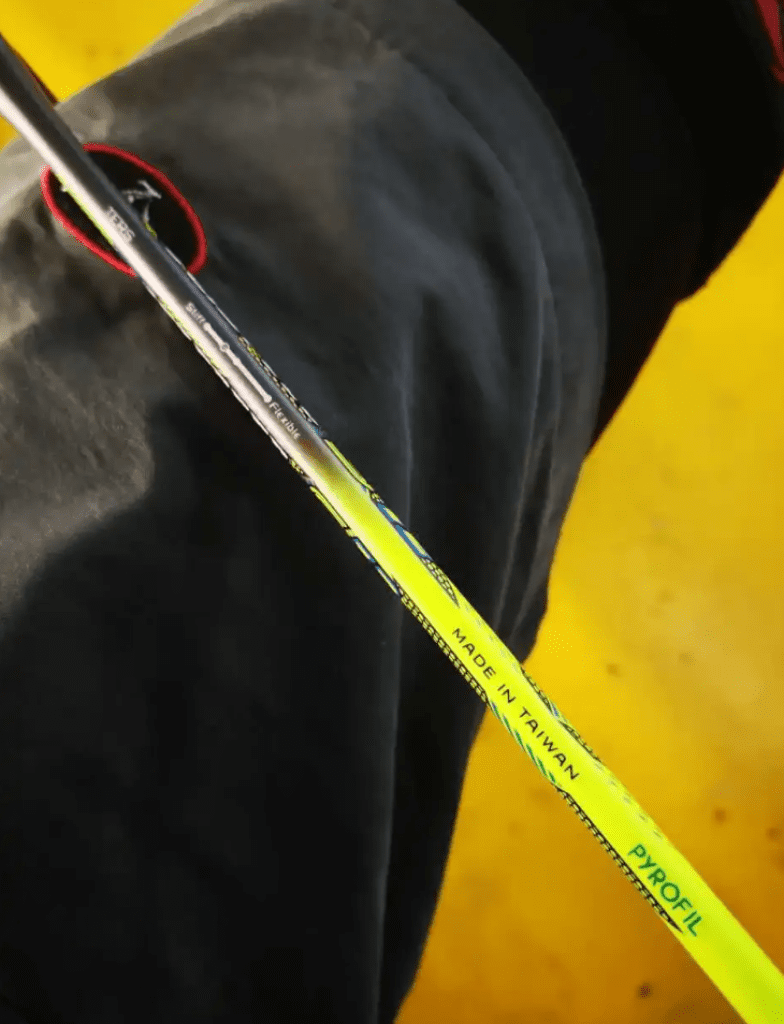
Perhaps due to the high-tension strings, the shaft’s elasticity is well demonstrated. In this aspect, I might even describe the JS12 as a “sugar-water” racket. With excellent swing speed, superior elasticity, and a low power threshold, I enjoyed a pleasant experience during warm-ups and high clears. The smaller head, high swing speed, and good power transfer make it hard to imagine a lighter feel. I believe the 3U version is better for most players.
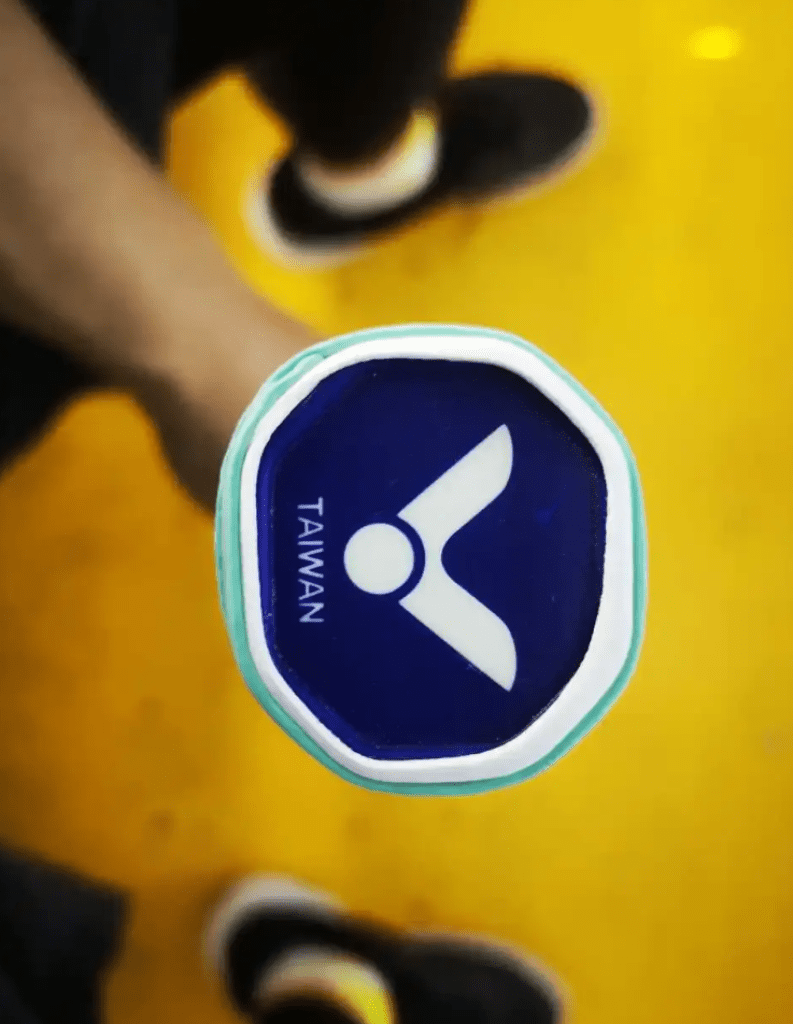
Victory has designed it to be a versatile doubles racket, offering well-rounded performance. In the front court, the moderate feel and large racket face provide confidence in net control, with high tolerance for net shots, pushes, and drops. Additionally, its impressive swing speed helps in reaching high and front court opportunities, making it effective for intercepting, blocking, and pushing. While its feel may not be as clear-cut as traditional head-heavy attacking rackets, the JS12 excels in doubles where speed and consistency are more crucial than pure attack quality.
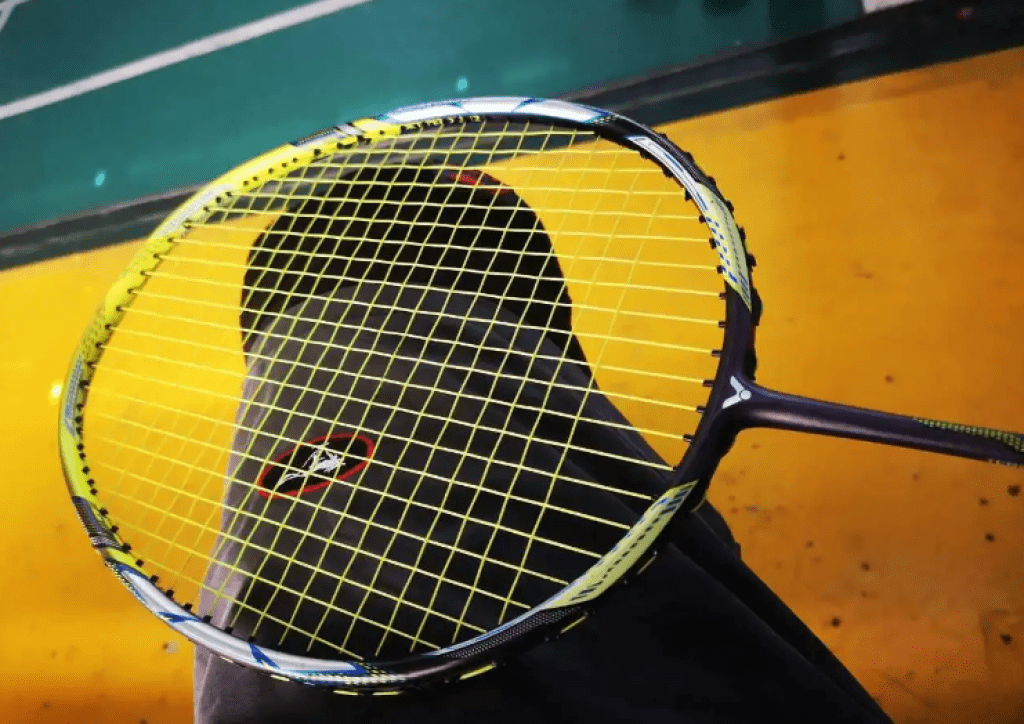
The lightweight nature may lead to insufficient backcourt pressure. However, this balance issue in the head-light JS12 is addressed through the racket’s elasticity. Even without WES, adjusting to a high hitting point allows the JS12 to deliver sharp attacking angles. The added stability from forced filling improves shot direction, making it one of the best for speed rackets I’ve experienced. The speed and defensive pressure it can deliver are satisfactory, and the current string setup provides pleasant technical feedback.
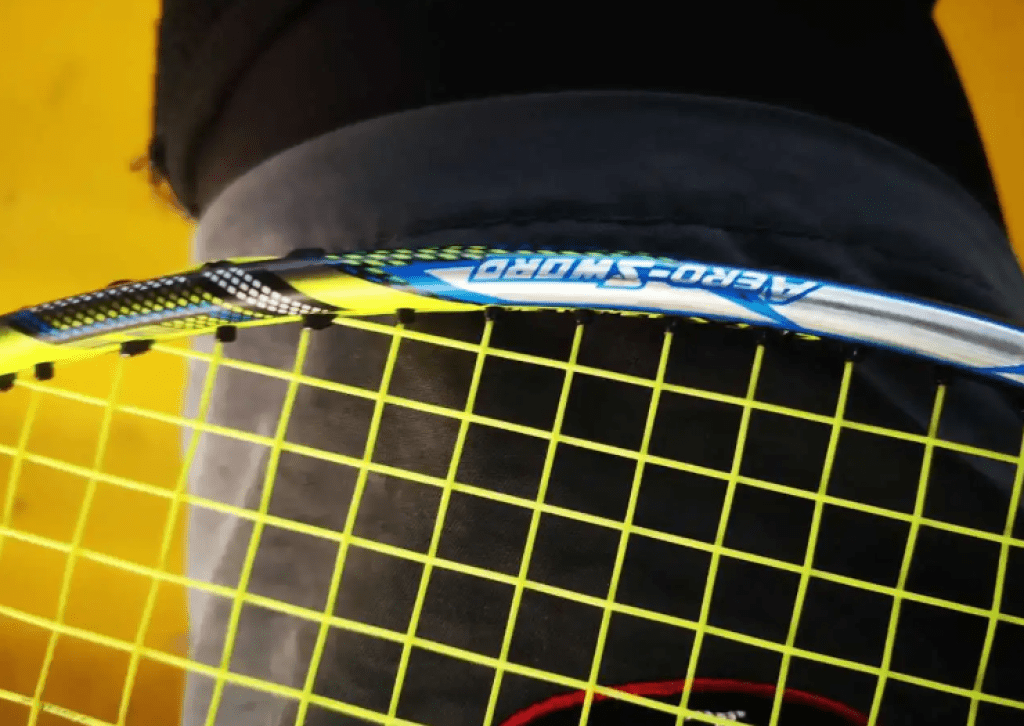
Compared to the JS10, the JS12’s upper limit isn’t as high. There’s a slight loss of power during heavy smashes, and using higher tension strings could improve backcourt attacking quality but also increase the risk of deformation. However, the JS12’s superior consistency can compensate for this, with fast swing speed, moderate weight, and a soft feel allowing for effective smashes and high-quality net play even when energy is low. The larger sweet spot helps maintain control and activity during fatigue.
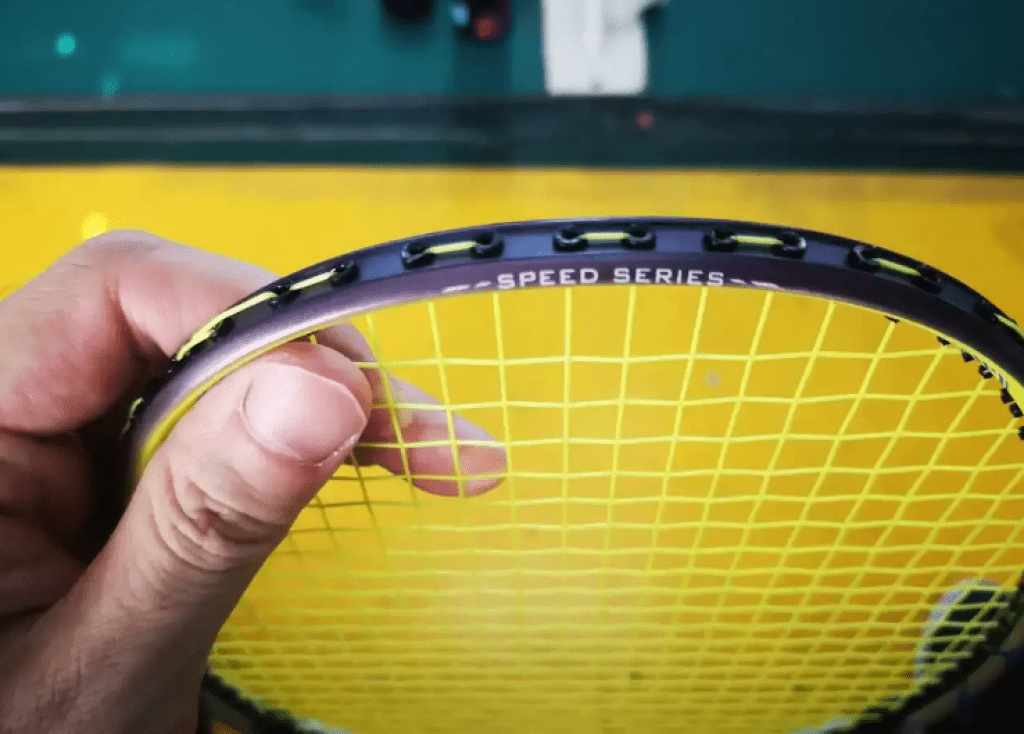
Conversely, the shaft’s recovery speed during flat drives is slower than expected, occasionally affecting continuous defense. Nevertheless, with proper preparation, its defensive quality and backhand recovery are convenient and manageable.
Conclusion: True to its reputation, the JS12 may not satisfy pure attacking enthusiasts, but it is a classic choice for doubles players who seek a balance between casual play and high performance.

Leave a Reply